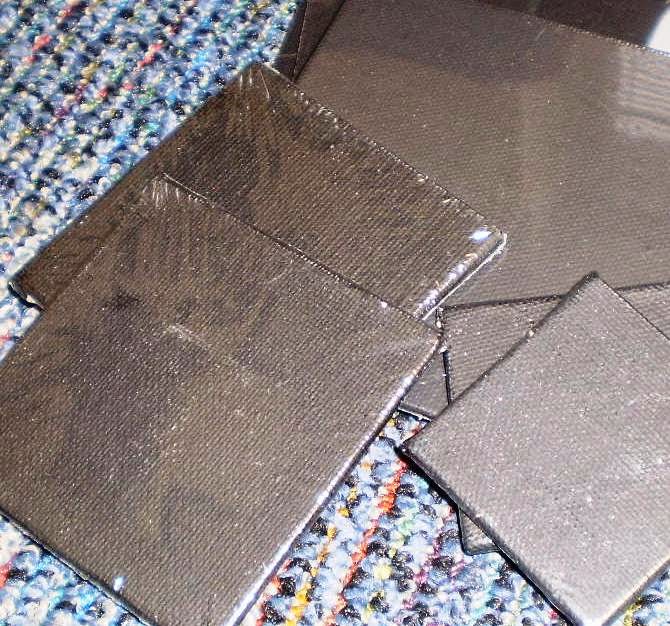One of the most enchanting aspects of the artist's book--at least from my perspective--is the complete control that the artist/author has over all aspects of the bookmaking process. Sure, an artist's book is written and illustrated by the author--but the author can also control the book materials (paper, ink, font, cover, binding), book presentation, and handmade details (like hand-coloring, lettering, or other personal, one-of-a-kind touches). So when I first decided that I would move on from merely admiring others' artists' books to creating my own, I wanted to explore all of these various elements of control. But, of course, I also had no idea what I was doing. So--project Artist Book #1 began ambitiously, but experimentally.
 |
Here, you can see a charcoal drawing (left), followed
by gesture eight (middle), and a photograph (right) |
I decided my first book would be a version of a poem I'd written some years previously, entitled "Gestures of a Rose." This poem, in eleven parts, functioned as a kind of bouquet of fragments--one short of a dozen--each of which I thought of as expressive of the logic behind the "gesture" of giving flowers to someone. In text-only form, the poem was broken into numbered sections; when translated to artist's book, I decided to print each gesture alone on a page. Between each textual gesture, I included other "gestures"--prints of artwork (photography or charcoal drawings) that I had done.
I printed most of the text and artwork on regular white paper; however, I experimented a bit with some translucent printing at the book's beginning and ending.
 |
the title page is printed on translucent
paper, through which you can see
the photograph below |
 |
at the book's close, a cropped version
of the cover photo is printed
on translucent paper |
I wanted to learn to do a sewn binding for this first book, and so I chose what I thought would be an easy beginner's bind--a Japanese stab binding. A
quick online search will illuminate tons of stab bindings in crazy intricate patterns; I, however, chose the most simplistic 4-hole version. Not totally elegant, but it sufficed!
This binding method is pretty flexible, as you can cut two separate covers and bind together whatever amount of paper/paper varieties you want. My version was pretty slim, with only a bit of paper variety--but you could do much more!
 |
I used red handmade paper (though not handmade by me!) as a liner
between the covers and the book proper--protective and pretty! |

Though thus far, the books I made were pretty uniform, I did decide to do a few things to individuate my books. First of all, I decided to do a series of 12 books (again, in keeping with the dozen roses/flower bouquet conceit); I hand-colored each book's front and back covers with a fountain pen and ink, shown below. The back cover of each book includes my (brief) version of a colophon, where I included the publication year, my last name, and the numbered edition of each book.
 |
Here, you can see (in the rose) that this book is number one
out of the 12 books I made.
|
I have also always been a fan, since I was a child, of books with flaps, particularly ones like
The Jolly Postman that included notes for me to open and interact with. As an adult, Nick Bantock's
Griffin & Sabine series inspired similar awe and delight. I wanted my book to have a similar quality of discovery for my readers. And, of course, I did only originally write eleven "gestures". So, for the run of the artist's books, I chose to write individual, unique twelfth gestures for each of the twelve books.
 |
the picture (above) and text (below)
from Book 1 |
 |
the text (above) and picture (below)
from Book 12 |
On the book's last page, I included an envelope, numbered XII with a rose insignia. Upon opening each envelope, the reader would find a photo-quality print of a new, unique artwork I'd done. On the back of each print, I included a final, handwritten textual gesture.


I also included, with each envelope, a blank card, with the instructions "please use this card for your own gesture."
After finishing the run, I gave many of these books away to good friends. I don't know if any of them have chosen yet to use their "gestures"--or, indeed, if they ever will. But I love the idea of a book that continues on beyond its own bounds--a book that prompts creativity in its reader, rather than just passive absorption. That's what books, after all, have pushed me to do...and I'm so very grateful for that.
Best,
Dr. Renzi
 First, a series of "poetry puzzles"--decoratively written classics of modern poetry, chopped into individual word fragments. Can you piece the poem back together without "cheating" (aka looking the poem up on the internet)? Or can you make your own poem out of the pieces? Try it and find out!!
First, a series of "poetry puzzles"--decoratively written classics of modern poetry, chopped into individual word fragments. Can you piece the poem back together without "cheating" (aka looking the poem up on the internet)? Or can you make your own poem out of the pieces? Try it and find out!!



















































